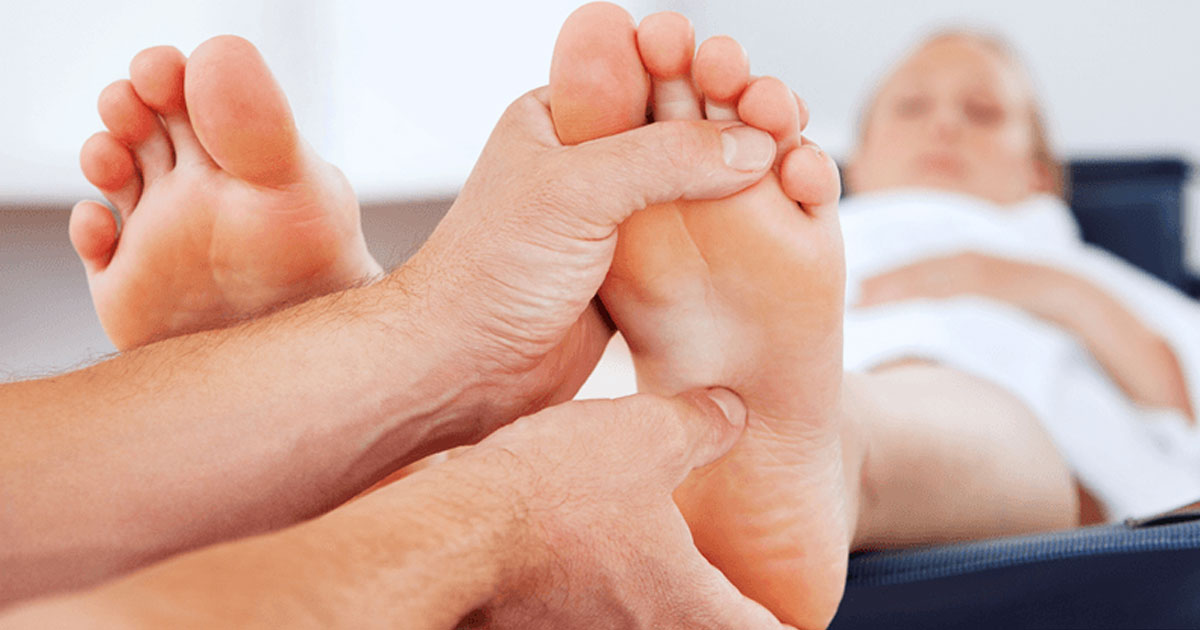Treatment Options For Peripheral Arterial Disease
Taking Care Of Your Feet

Taking care of your feet may sound unusual, but it's especially important for individuals with peripheral arterial disease. These patients generally have poor blood circulation, which can affect the healing time of injuries and sores on the legs and feet. Peripheral arterial disease patients who also have diabetes have an even higher risk of complications and infection from wounds. Even a small cut should receive prompt care to ensure proper healing. In addition, patients should make sure their footwear is the proper size and fits well. Thick, dry socks should be worn with shoes.
Basic everyday care should include washing and thorough drying of the feet. Trim and file nails regularly and carefully. Patients should keep their feet moisturized to minimize occurrences of cracks in the skin, but should not put lotion in between the toes or on cuts or sores. If any fungal infections or similar issues appear, treat them right away. Bunions, corns, and calluses should be treated as well. Patients should examine every part of their feet daily and look for any sign of injury, such as scratches, cuts, sores, blisters, or ingrown toenails, and notify a doctor should anything arise.
Medication

Some cases of peripheral arterial disease can be managed by lifestyle changes, while others combine these changes with medication. Most peripheral arterial disease patients follow a daily acetylsalicylic acid regimen. Medicine may be recommended in addition to lifestyle changes to prevent blood clots, increase blood flow to the legs and feet, and lower blood pressure. Cholesterol-lowering medications can reduce the risk of heart attack and stroke. Reducing 'bad' cholesterol is particularly important for patients with additional risk factors like diabetes or smoking.
Individuals with both peripheral arterial disease and diabetes usually need prescription medication to control their blood sugar levels. Studies have shown some medications can improve pain-free walking in patients with intermittent claudication by sixty percent. Cilostazol increases blood flow to the limbs and treats leg pain and other symptoms of claudication. Thrombolytic therapy injects clot-dissolving drugs directly into the blood clot to break it apart.
